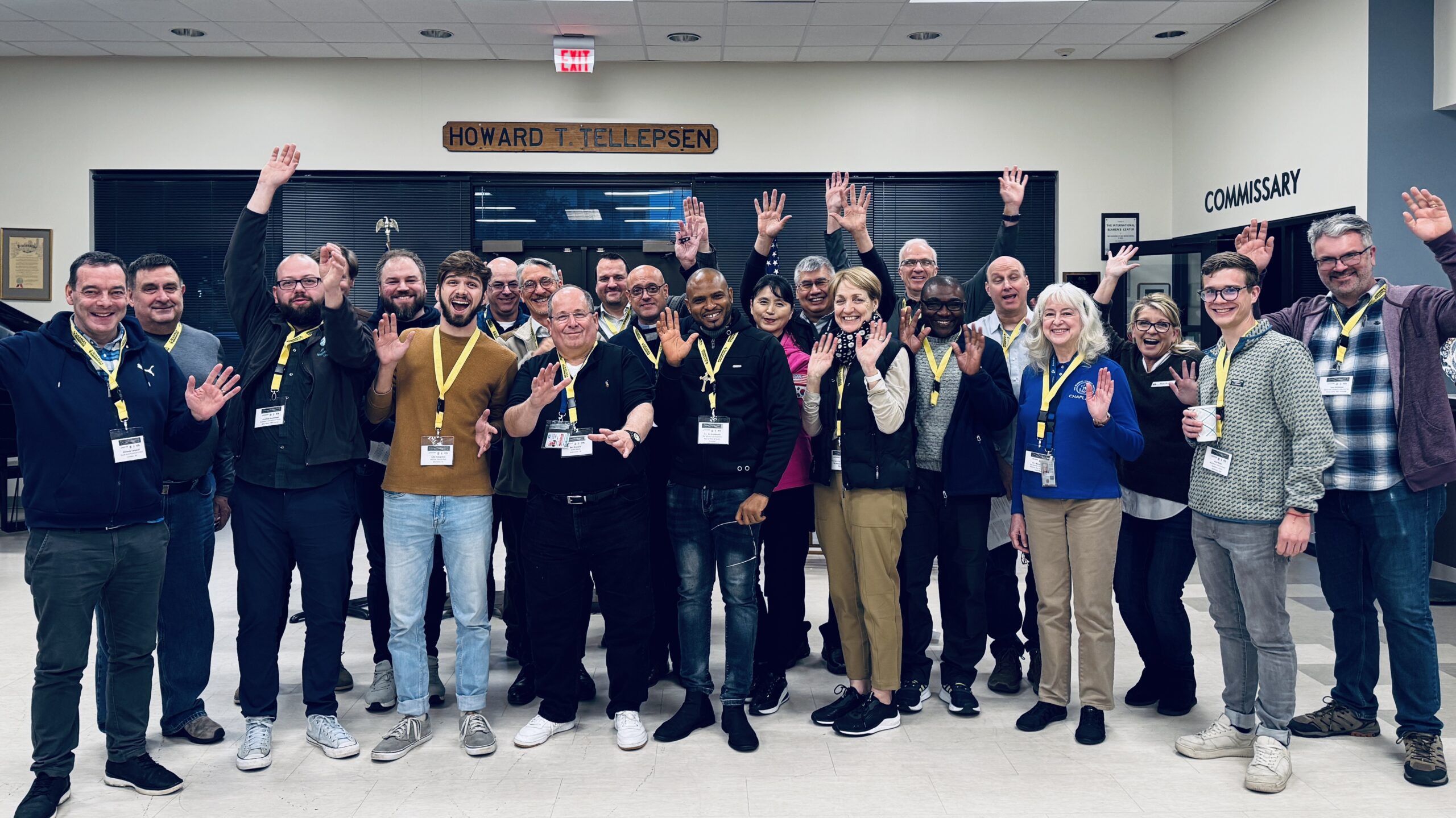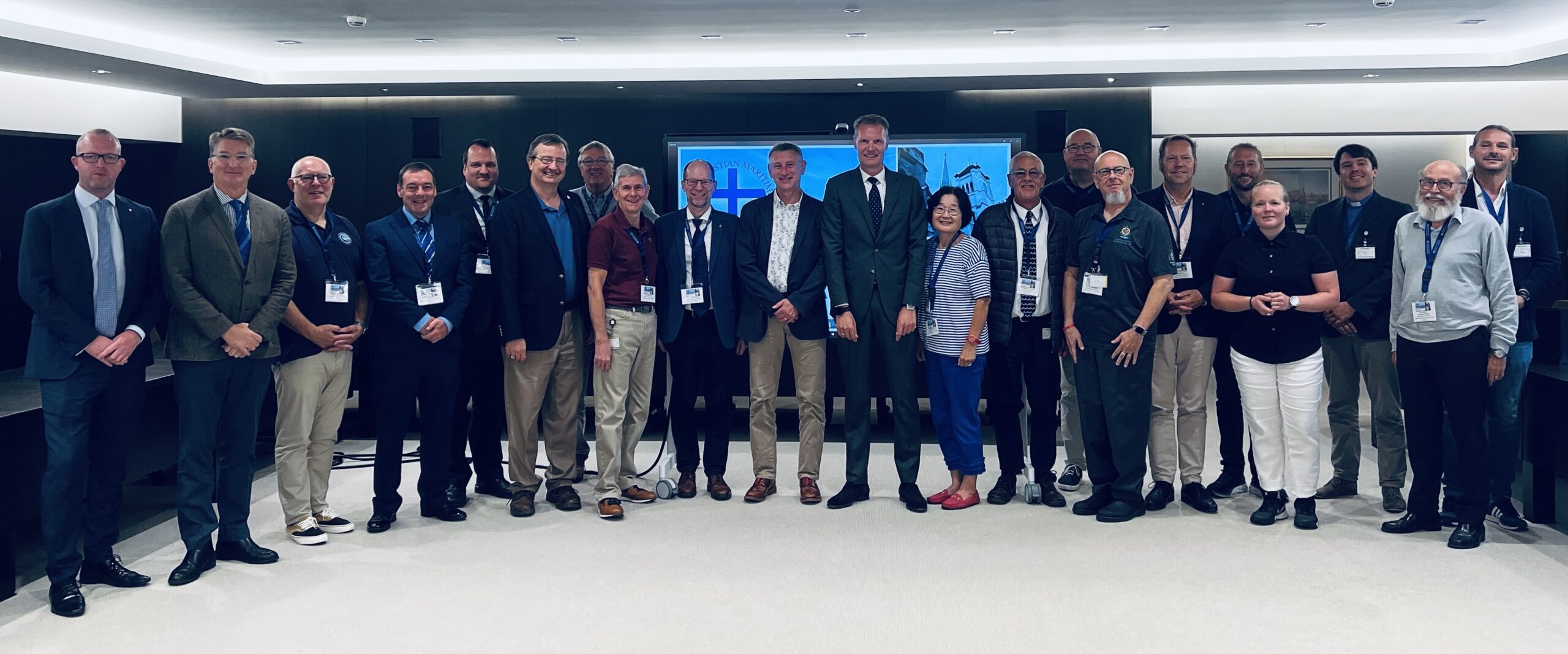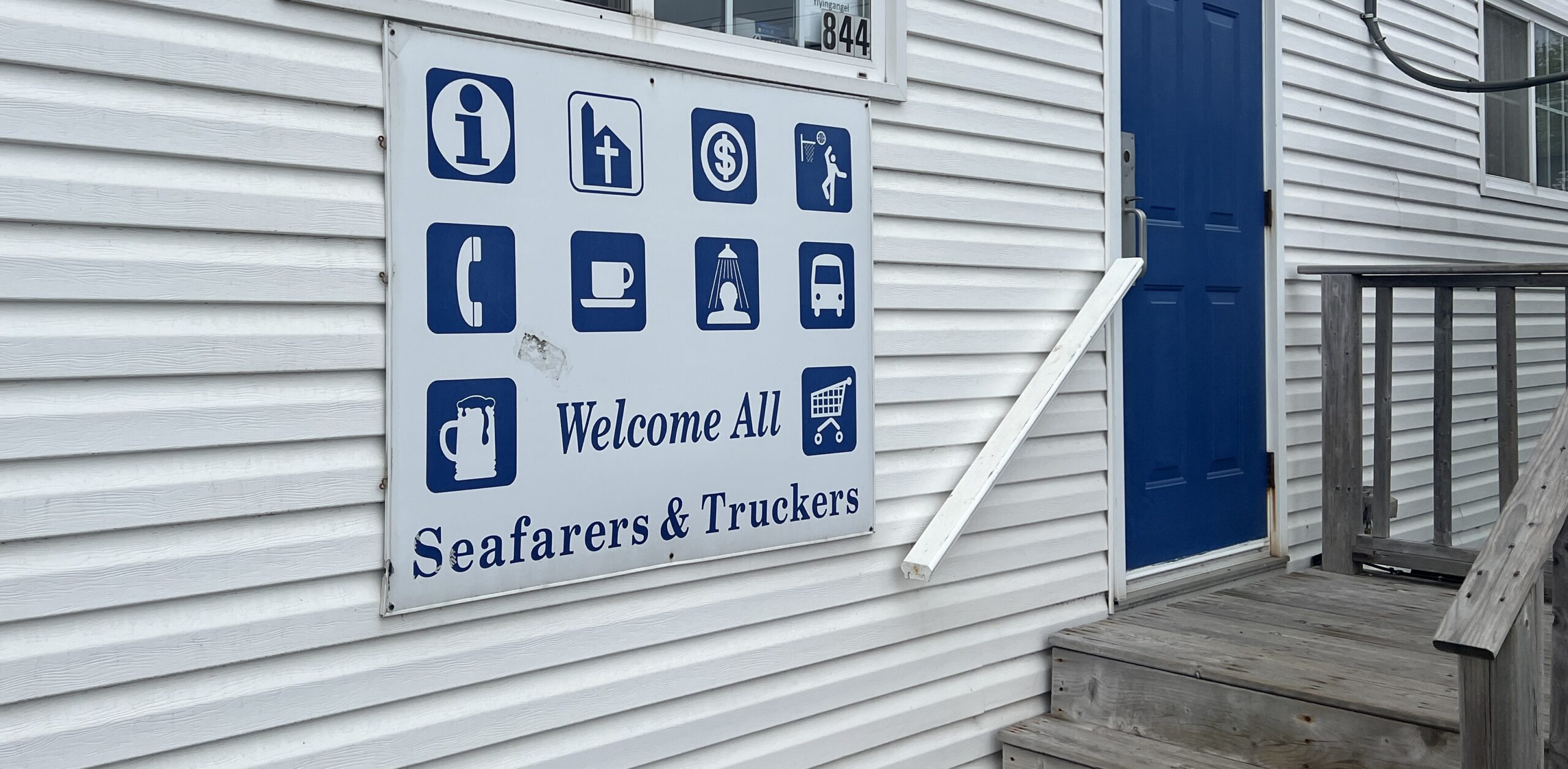by Susan Huppert, NAMMA
The global workforce of 1.89 million seafarers who live and work at sea needs a variety of methods to stay connected to the rest of the world. Most are not as simple as dialing a phone on a whim. One method is SIM cards.
A SIM card – a subscriber identification module – is a finger-print-sized plastic and metal card slotted in a mobile phone that securely stores identity information and enables a user to connect to a network for internet access. In order to activate, the user needs to pay to monthly or can pay-as-you-go with a ‘top-up’. Monthly plans are usually not cost-effective for seafarers who only stay in port for a few days, so ‘top-up’ payments are typically the norm. As soon as they are out of range from land-based cell towers, they lose that vital connection. Some vessels have free internet usage, but even on the better ones it is still limited. When crews finally dock, access to SIM cards is a link to the world beyond their ship.
During a one-month period, approximately 1,375 SIM cards or top-ups were purchased in 38 seafarer centers recently surveyed by the North American Maritime Ministry Association.
Of the total number of seafarer welfare centers participating, nearly 20 percent reported that most of the ships’ crews they served purchased SIM cards or top-ups when in port. In contrast, the same number of centers did not provide any SIM cards. Fifteen percent reported that about half of the crews served in their respective port bought SIM cards, or top-ups.
Seafarers are eager to purchase SIM cards and top-up data when possible. Crews on ocean-going vessels have different needs than those transporting goods short distances. Our connection with each other is critical for wellbeing. Seafarers’ phones, powered by SIM cards, provide a key means to communicate with family and other support systems.
Life as a crew member is filled with unplanned variations. The consistency of SIM card availability depends on a wide range of factors, including: when crew was last able to get off their ship, whether SIM cards were available, the seafarer’s available funds, scheduling and timing, coordination of transport, or if a representative appointed to care for seafarers’ welfare was allowed to visit.
Coordination is one key.
Rhonda Cummins, a designated ship visitor at Port Comfort, Texas, noted challenges to providing SIM cards are complex in the relatively small port she serves. Roadblocks with card activation, availability, access and costs limit the services she can provide. In addition, sending messages with pilots or agents is a hit-and-miss situation. However, some of her contacts visit nearby Houston also where more services are available.
Mission to Seafarers in Halifax, Canada, contacts ships prior to their arrival to assess the needs of the crew.
“We contact every ship that docks. Our ship visits are very coordinated to establish needs,” said Mission Manager, Helen Glenn.
The Halifax mission sells 60-80 SIM cards every two weeks. Although visits to the center have decreased due to COVID-19, the ship visits have nearly doubled since 2018. Each volunteer ship visitor offers SIM cards and top-ups which provide limited credit for future use. These products are important to international seafarers specifically if they have been or will be at sea for months.
Seafaring centers are flexible and creative to provide connectivity for the global community they jointly support: seafarers and their families at home.
Image: A port chaplain in Seattle, WA helps seafarers set up a SIM card in a mobile phone. Credit: David Rider/NAMMA Flickr.





